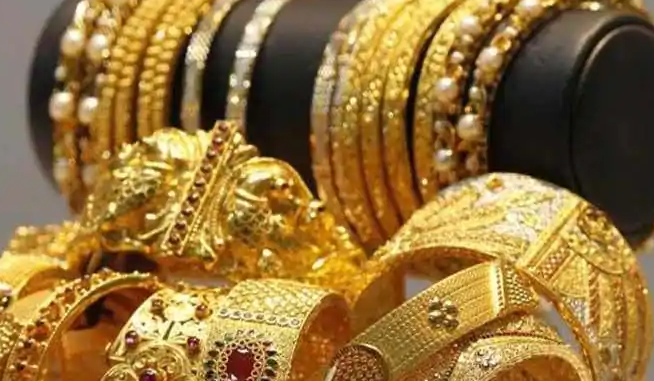Gold dealers who sold the metal physically in stores were forced to offer discounts for the fourth week straight. This is because the Gold bars remained unappealing for most retail consumers.
India is the second-biggest buyer of the metal after China. The demand for Gold took a hit due to the ongoing ‘Shradh or Pitru Paksha’ which is the two-week period considered to be inauspicious to buy anything new.
After hitting the highest of 56,191 rupees last month, local gold assets traded around 51,445 rupees per 10 grams on Friday,
From last week’s $40, discounts mitigated to $30 an ounce over official domestic prices, inclusive of 12.5% import and 3% sales levies,
Usually, demand for the yellow metal increases by October-November because of the arriving festive season. Currently, due to the Coronavirus outbreak, even the festivals aren’t seen being celebrated and hence, the want for Gold may stay low. India’s economy shrinking by nearly a quarter in April-June is also one of the reasons.
“Even during the festivals, demand will remain lower than usual due to higher prices,” said a Mumbai-based dealer with a bullion importing bank.
The prices of the Gold bars have been dropped globally.
A sinking benchmark on global spot prices, however, elicited buying from customers in Singapore.
Brian Lan of dealer GoldSilver said, “As long as prices come down, we’ll see more buying.” “The retail purchases were subdued,” he added. Premiums were unchanged at $0.80-$1.50 an ounce versus the benchmark.
In China, demand remained weak with gold sold at $45-$50 discounts, versus last week’s $56 level.
Japanese premiums were unchanged at $0.50.
In Bangladesh, domestic prices were inflated with the best quality gold priced at 74,008 Taka ($874.49) per Bhori, or 11.664 grams, with a higher dollar driving up import costs.
Meanwhile, Thailand’s central bank on Thursday said it would soon allow gold trading in U.S. dollars, as the Baht remained strong.

